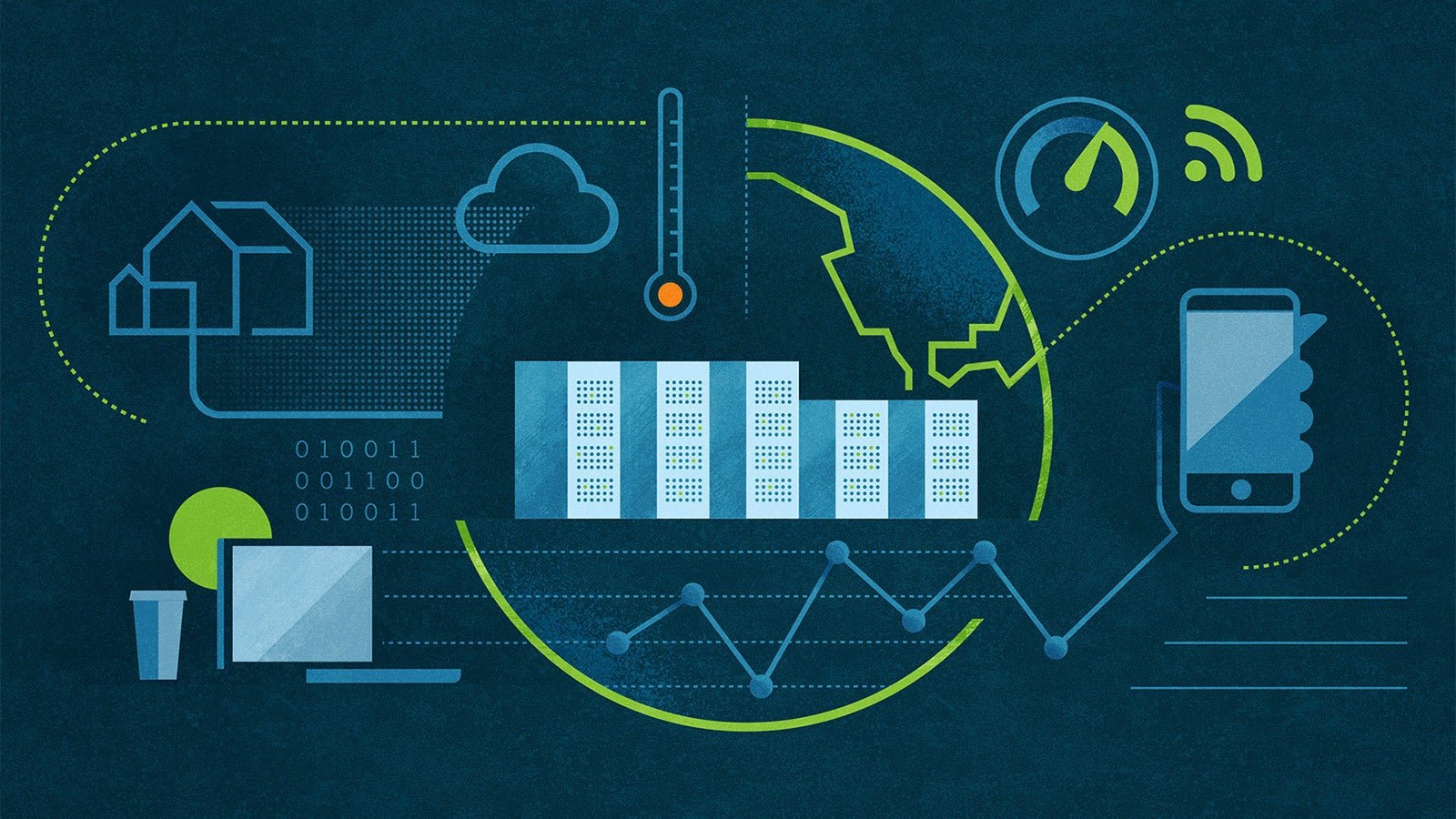In Sweden, big data servers cool themselves with arctic air
The defining feature of the 21st century is connectivity. From commerce and innovation to transportation and personal usage, we live much of our lives online, streaming Netflix on our tablets and scrolling through our Twitter feeds in line at Starbucks. We shop for groceries on FreshDirect, call Uber for a ride, make reservations on OpenTable, and pay for more and more of all that we do with apps like Square and Apple Pay.


The defining feature of the 21st century is connectivity. From commerce and innovation to transportation and personal usage, we live much of our lives online, streaming Netflix on our tablets and scrolling through our Twitter feeds in line at Starbucks. We shop for groceries on FreshDirect, call Uber for a ride, make reservations on OpenTable, and pay for more and more of all that we do with apps like Square and Apple Pay.
The backbone of our digital world, the place where all that connectivity happens, is the data center, the behind-the-scenes but very real-world place where all that precious information is stored and retrieved.
One of the most pressing issues facing the internet in years to come is how data centers will meet the challenges of accelerating global connectivity and the corresponding growth in consumer and commercial expectations and energy outflows. As these changes occur, how can we better manage and build data centers to meet these pressing needs?
* * *
Suddenly, it’s 1:30 p.m. in New York City, and throngs of office workers are returning to their desks and logging back on to the internet highway. At the nearest data centers, thousands of servers are coming alive, heaving to make these millions of connections happen and to create the illusion that the internet is always magically at the ready. Far away, on the other side of the world, Facebook users in Stockholm are home from work and logging on, and the site almost instantaneously loads their home pages and photos from the nearest data center, hundreds of miles away.
Meanwhile, data centers do the work of getting the desired information from point A to point B. Without data centers, if we performed a Google search or tried to update our status, we’d get no answer back.
While the average user may not see the inner workings of the internet, we certainly feel the pain when our favorite sites fail us when we need them most. A data center’s ability to handle huge spikes of activity is based on its server capacity. Anticipating capacity is one of the most crucial functions of data centers—and the key to handling peaks and surges such as those that occur during a hyped startup launch, a Black Friday online sale, or a review that quadruples traffic to an unsuspecting site.
As the internet’s footprint grows, new digital tools are emerging that are making it easier to take the guesswork out of calculating capacity and increasing energy efficiency. For example, Emerson Network Power’s Trellis TM platform collects real-time data on server loads, server temperature, as well as power usage via a device on a mobile dashboard, allowing managers to finely control their facilities. Using the Trellis TM platform, all of this information can be remotely accessed anywhere in the world, including on a tablet or phone or while walking around the data center itself.
In contrast to how we experience the internet, managing data centers has previously required a lot of legwork, where IT and facility specialists would physically walk the facility floor to get necessary information about capacity or energy use. Tools such as the Trellis TM platform help avoid all this, providing accurate and detailed information about each server from a centralized platform. “Over time, [data center management] goes from an unbelievably time-consuming process to more of an autonomous, generated process,” says Gary Niederpruem, Emerson Network Power’s vice president of Global Marketing.
There are various types of data centers, says Niederpruem, based on client needs. These facilities, like the internet itself, are not one-size-fits-all. “The idea of a homogenous data center in this landscape does not really exist,” says Niederpruem. “Today’s market is all built around how you want to architect the infrastructure of the data center based on what applications you are running and what size and scale you are going to run them in.”
For example, Facebook, with over 1.35 billion monthly active users and growing, is what’s known as a hyperscale company, and its data center needs to include mega-capacity, all while keeping its energy usage in check.
Emerson Network Power’s data center design team partnered with Facebook to help the company plan its second facility in Luleå, Sweden. It is now one of the most efficient and sustainable data centers in the world to boot, powered by 100 percent renewable energy and using frigid Arctic air to naturally cool its servers.
According to the U.S. Department of Energy, there are three million data centers and counting in the United States alone. Together, they account for 2 percent of all U.S. electricity use, according to a 2011 report from Jonathan Koomey, a Stanford professor and former adviser to the US Environmental Protection Agency. For data centers everywhere across the globe, energy and materials efficiency is of paramount importance.
Smart tools that put vital information in the hands of data center managers and new types of lean architecture are the keys to optimizing these facilities to prepare for the expanding internet landscape.
As their performance is enhanced, we will enjoy increased internet speed, reliability, and efficiency, and reduce our environmental impact, all while providing the illusion that internet users simply clicked on their browser and their content magically appeared.
This article first appeared on Emerson.com and was not written by the Quartz editorial staff.